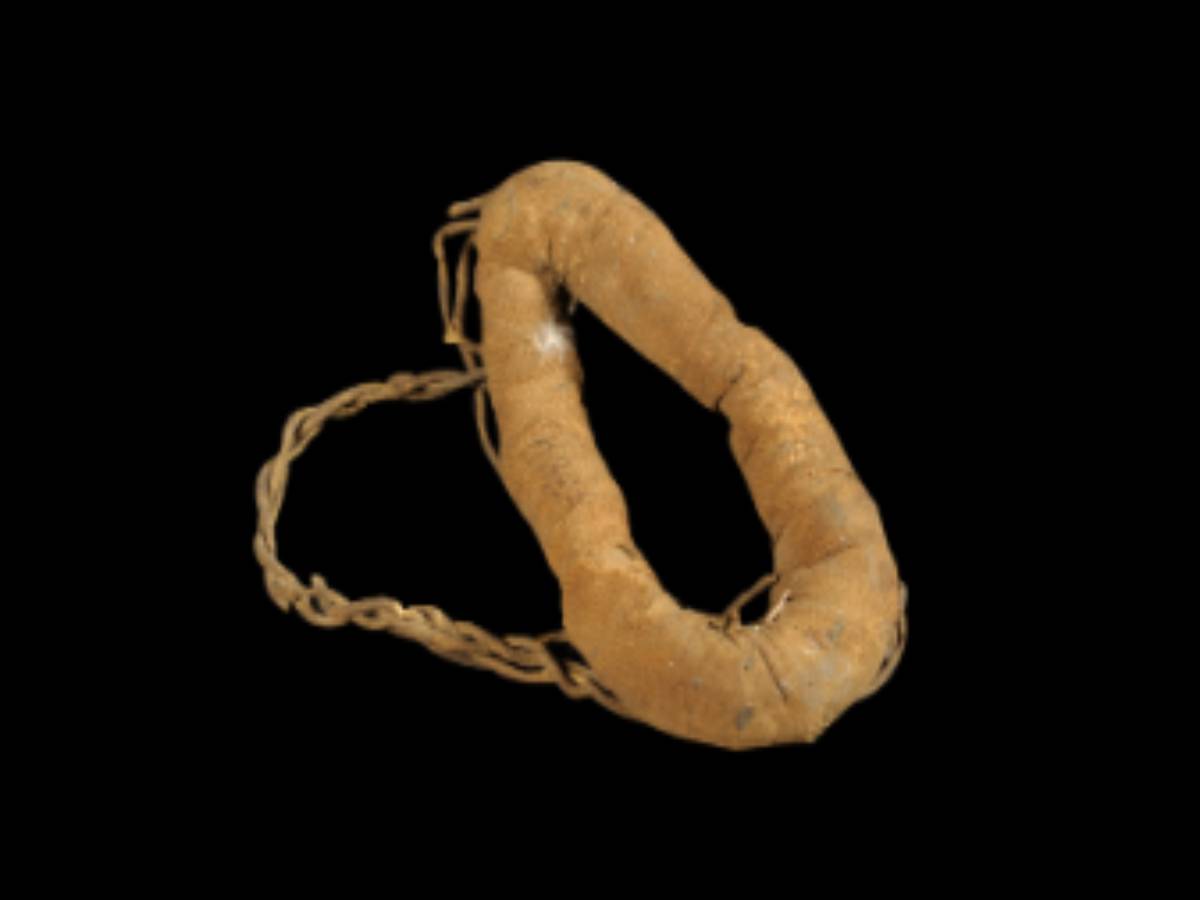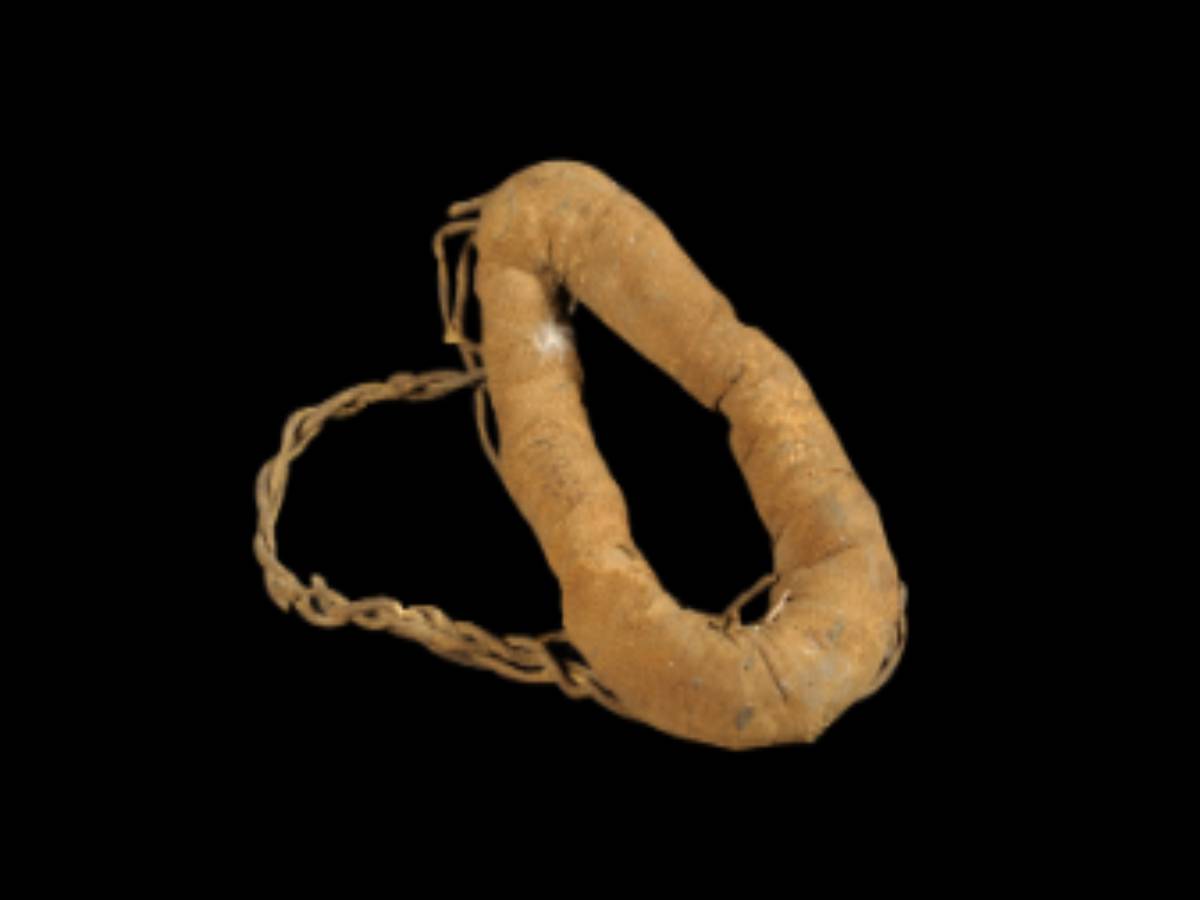State
Tribe Name
Art Type
short description
The Shan people, among the various indigenous communities of Southeast Asia, stand out for their vivid and imaginative use of natural materials in warfare and defense. One among many impressive creations is their traditional loop-type defensive weapon, known more popularly as the WeaponShan. The WeaponShan is a brilliantly simple yet highly effective apparatus. It comprises a circular pad of cotton which is reinforced with twisted bark fiber. The twisted fibers are derived from various tree barks found in the forests inhabited by the Shans, making it as strong and resilient as the soft cotton that reinforces it. The loop design permits it to be easily worn on the wrist or hidden for use at will, thus making it a very flexible tool during confrontation.
Thumbnail

Filter Postion
Left
Filter Background
Off
Theme
Filter Header Image

content
Image

description
The Shan people, among the various indigenous communities of Southeast Asia, stand out for their vivid and imaginative use of natural materials in warfare and defense. One among many impressive creations is their traditional loop-type defensive weapon, known more popularly as the WeaponShan. The WeaponShan is a brilliantly simple yet highly effective apparatus. It comprises a circular pad of cotton which is reinforced with twisted bark fiber. The twisted fibers are derived from various tree barks found in the forests inhabited by the Shans, making it as strong and resilient as the soft cotton that reinforces it. The loop design permits it to be easily worn on the wrist or hidden for use at will, thus making it a very flexible tool during confrontation.
Deployed mainly as a defensive weapon, a WeaponShan is meant to deviate or absorb the blows struck towards its operator. Its construction signifies a sustainable model of self-defense, utilizing only eco-friendly, biodegradable materials. Beyond its usefulness, it is said to carry moral value in protection, tradition, and resourceful intonations of the Shan people. As they are still being used and recognized, it shows the importance of continuing to preserve indigenous knowledge systems-knowing that such systems carry very sustainable practices and cultural significance.
Deployed mainly as a defensive weapon, a WeaponShan is meant to deviate or absorb the blows struck towards its operator. Its construction signifies a sustainable model of self-defense, utilizing only eco-friendly, biodegradable materials. Beyond its usefulness, it is said to carry moral value in protection, tradition, and resourceful intonations of the Shan people. As they are still being used and recognized, it shows the importance of continuing to preserve indigenous knowledge systems-knowing that such systems carry very sustainable practices and cultural significance.
Image Mode
landscape
promoted
On
Verified
Off
